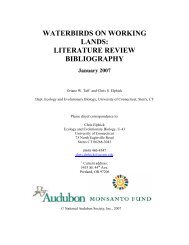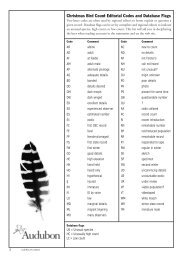audubon strategic plan 2012-2015
AUDUBON STRATEGIC PLAN 2012-2015 - National Audubon Society
AUDUBON STRATEGIC PLAN 2012-2015 - National Audubon Society
- No tags were found...
Create successful ePaper yourself
Turn your PDF publications into a flip-book with our unique Google optimized e-Paper software.
conS ervaT ionSTraT egieSCreatingBird-FriendlyCommunitiesmost americans make their homes in cities, suburbs,or towns. Fortunately for birds, these urban and suburbandwellers can play a critical role in fostering healthy wildlifeand communities—and that’s good for kids, pets, and overallquality of life. Audubon also works with members of morerural communities to support conservation where they live.The ThreatResidential development often alters and disturbs wildlifehabitat. Meadows that once supported grassland birdsbecome disconnected patches, while forests that providednesting sites for other species disappear from the landscape.Not only are there fewer places to nest, feed, or rest,human presence and activity can degrade the habitat thatremains and create hazards for birds. Collisions with buildings,ingestion of pesticides, competition with invasivenonnative species, and loss of food sources can make lifeprecarious for the birds that most closely share our ownhabitat. Coupled with natural environmental threats, thesemanmade challenges contribute to declines among a broadrange of both resident and migratory bird populations.The SolutionPeople are at the heart of the conservation solution. Fromthe removal of invasive <strong>plan</strong>ts to demonstration gardens andhabitat restoration programs, Audubon Chapters, Centers, andstate programs across the country work with communities toimprove urban habitat for birds and other wildlifePrograms like Audubon At Home, Urban Oasis, andLights Out empower people to make bird-friendly lifestylechoices in their homes, backyards, and communities.Audubon Centers and Chapters provide the leadership andresources that can connect a neighborhood’s backyards ina swath of welcoming habitat for many birds, includingswifts, swallows, thrushes, woodpeckers, wood warblers,and grosbeaks. Partnership efforts like Toyota and Audubon’sTogetherGreen enlist new conservationists to createbird-friendly communities coast to coast. By refining, expanding,and integrating these successful efforts, Auduboncan have more direct impact on thousands of acres wherebirds and people live together.Look for thisicon throughoutthe <strong>strategic</strong> <strong>plan</strong>to learn aboutprograms thathelp us createBird-Friendlycommunities.engaging peoplein conservationthrough our networkof centersand chapters willbe key to creatingcommunitieswhere birds canthrive.18 Audubon StrA tegic PlA nAudubon StrA tegic PlA n 19


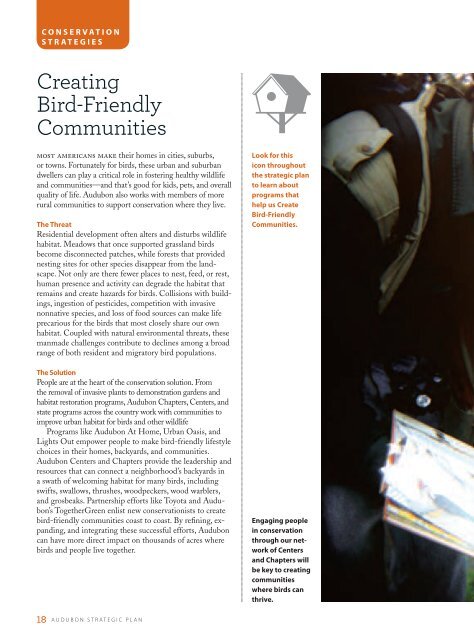



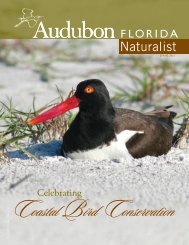
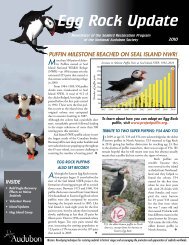
![Full report [PDF] - the Boreal Songbird Initiative](https://img.yumpu.com/52893853/1/190x259/full-report-pdf-the-boreal-songbird-initiative.jpg?quality=85)
